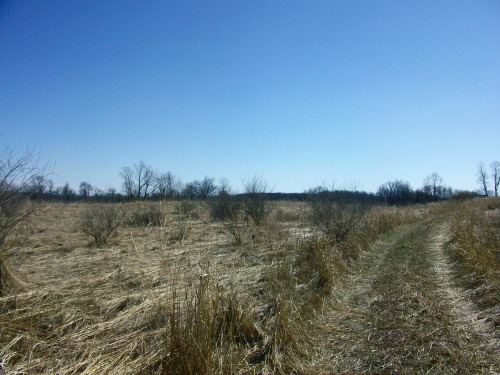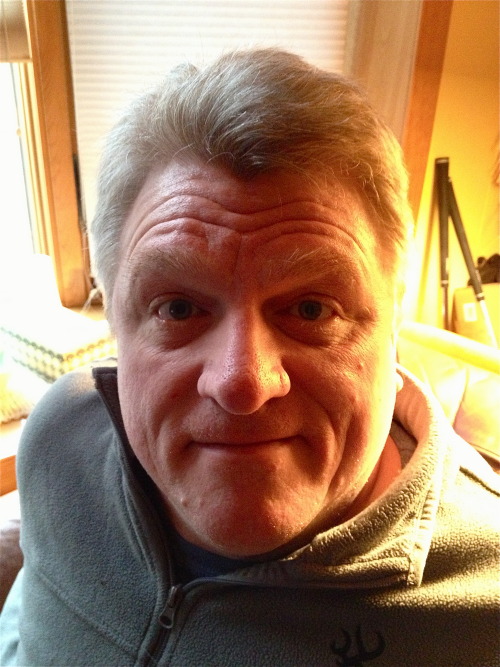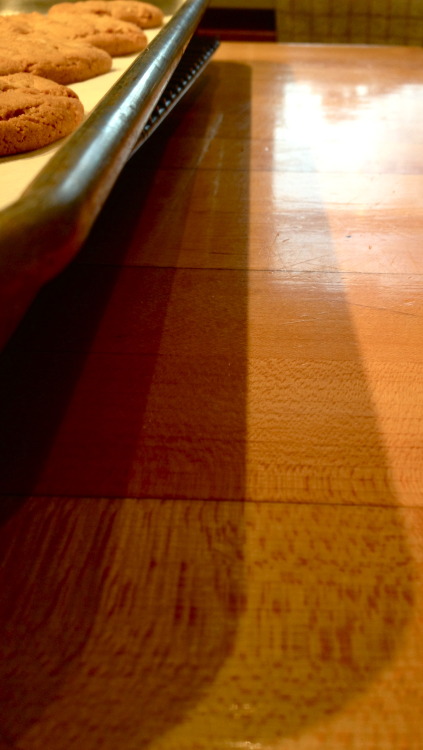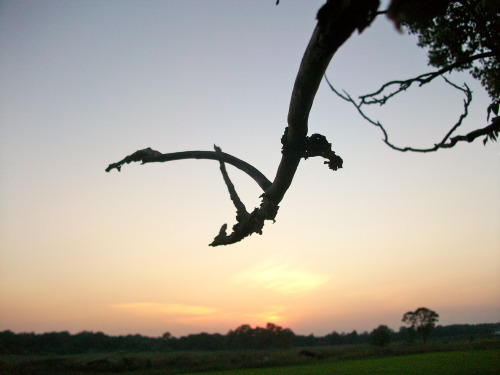-
-
Potential for photo essay
I live this picture that I took of my two friends after a spring ski trip. It was only the three of us and I wanted to take a picture I them being themselves. Even though I was behind the … Continue reading →
-
-
-
Conflict in a Frame
Conflict between subjects Conflict between textures Conflict between colors -
-
Possible first photo for Photo Essay
This is a photo I am considering using for my Photo Essay. It was taken over Spring Break (if only it were actually that beautiful outside), and it captures something about my grandparents that I can't really explain. I've decided I am going to make al... -
-
Picture for Photo Essay (maybe?)
I am considering adding this picture to my final photo essay. I just think the moment that is captured in it (this was in NYC last weekend) is very powerful. You see a street artist posing for an old man who kept taking pictures. Of course, this is do... -
Patterns
These are three photographs of my own creation with wildly different compositions and styles but with similar rhetorical purposes. I tried to show natural and unnatural patterns that occur in different places around us.
-
-
comic :D anyone Listen to radio?
comic :D anyone Listen to radio? -
comic :D anyone Listen to radio?
comic :D anyone Listen to radio? -
-
-
Weekly Update: Photography
How did the week go? Pretty well. Despite some technical issues, I tried some news things and cranked out some content. But first, the bad part. I had a trial of Flash CS6 installed on my computer. I was pumped up and ready to animate. After trying to plan out animation sync for a comic […]
-
Sundae Summary
So basically after this week I think I’m a photographer! Can I have that? Probably not! But any who, this week in photography was very fun! In class we worked on our class project and apparently I creeped Brian out … Continue reading →
-
Weekly Summary
I was absent this week but I was told that I was assigned to the Minimalist Poster group for the class project. I was able to do the Daily Shoot assignment and it was very cool. I found myself looking at things with a photographic eye.
-
-
-
-
-
-
-
-
Weekly Summary
My photos for the week are here. I went back and forth between Ann Arbor and my parents’ home this week, so I wasn’t able to use photoshop or even a computer for a lot of my time here, which made it challenging to come up with a good selection of photos (with the exception of the self-portrait my roommate took, all of these pictures are either in or very close to my house). I think if I had had more mobility and time I would have been able to have better results, but for now I’m happy with what I was able to come up with.
My response to the documentary on Diane Arbus is here.
-
Masters of Photography – Diane Arbus
“Lately I’ve been struck with how I really love what you can’t seen in a photograph.”
I really liked this line from Masters of Photography: Diane Arbus. I think it’s so interesting, especially paired with some of the photographs shown in the documentary. I especially like Arbus’s portraits of people; I think that portraits can be the most challenging types of photographs to take, because you’re working with a live subject (obviously), and it can be hard to find a moment in time or a person that warrants a photograph that can tell a story - or inspire you to make up your own kind of story. Arbus’s portraits, to me, are a bit haunting - such as the one of the guy in the mask - and this kind of theme or mood that they carry with them is what draws the viewer’s eye: that mystery of the subject of the photo.
Arbus also quotes her teacher saying, “The more specific you are, the more general it will be.” I wasn’t sure how to take this - but for me it made me think of how trying to force a photo, trying to make the subject emote or demonstrate something that’s not natural to them in the name of creating an artful photograph, will give your photo that same air of forced emotion that is common in so many posed pictures.
-
“Take a photo that communicates a universal theme; name…

“Take a photo that communicates a universal theme; name the picture with that theme.”
This is a photo of property that my parents own in Manchester, and to me the barren landscape and silence that surrounds it just puts the word “oblivion” into my head - after the horizon, is there even anything there? Where does that path lead? It just seems so empty, and infinite, and I think this every time I’m forced to go out there to look for squatters.
-
1. Take a photo with strong contrasts—technical (lighting,…






1. Take a photo with strong contrasts—technical (lighting, coloring), physical (size, distance), conceptual (new and old, present and past).
2. Take a portrait. Meet my father.
3. Take a self-portrait (I cheated with this one and had my roommate use her nice camera last week).
4. An extreme close-up of an easily recognizable object.
5. A photo of something’s shadow. Cookie tray had a couple shadows - I thought I’d take advantage of it.
6. Photograph something commonly considered ugly and make it beautiful. A gnarly tree branch by my house, showcased by a nice sunset.
-
